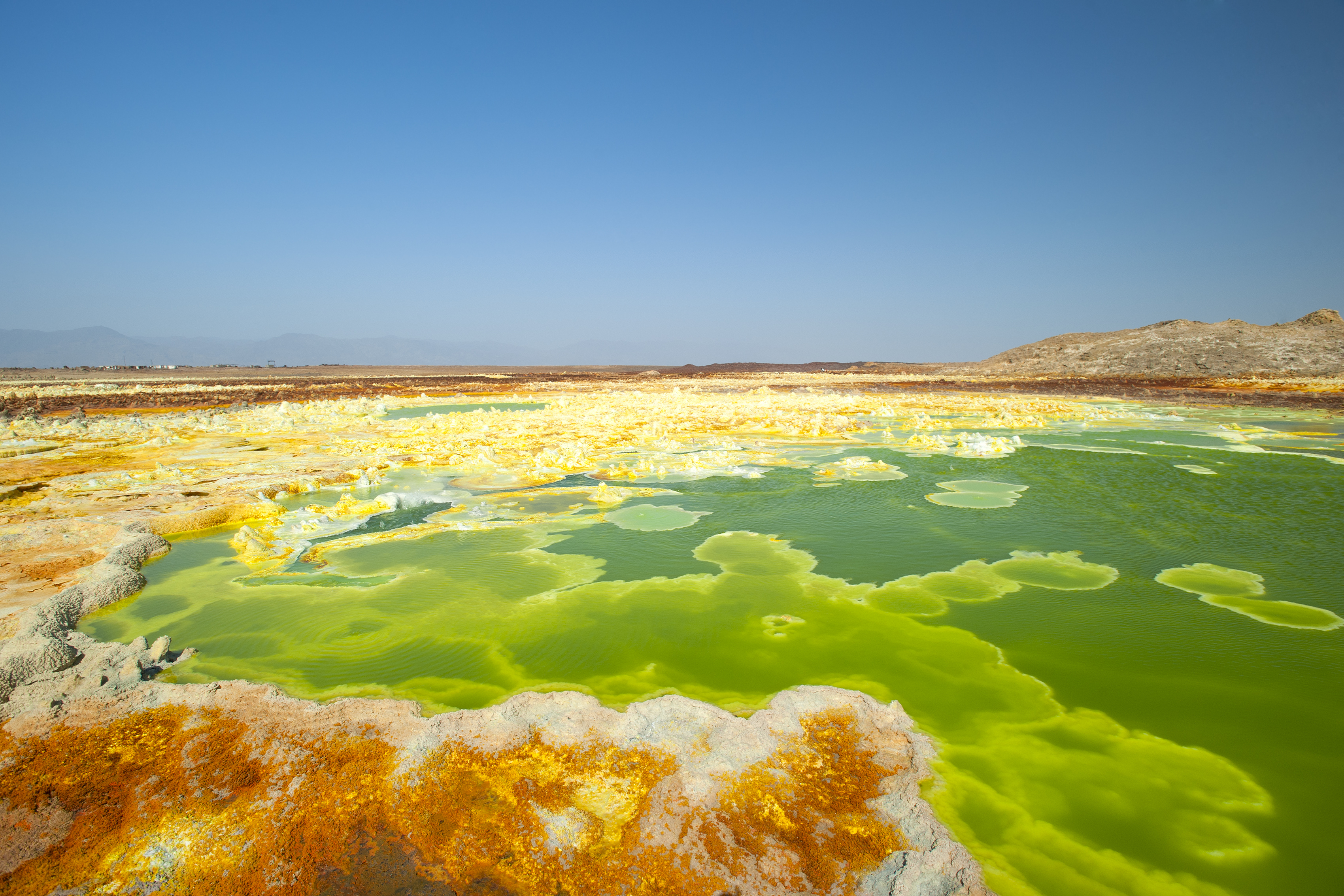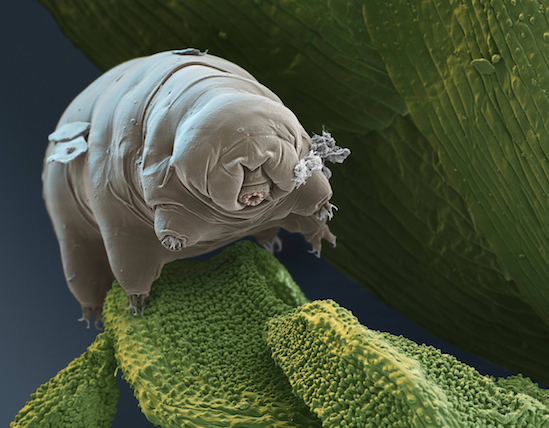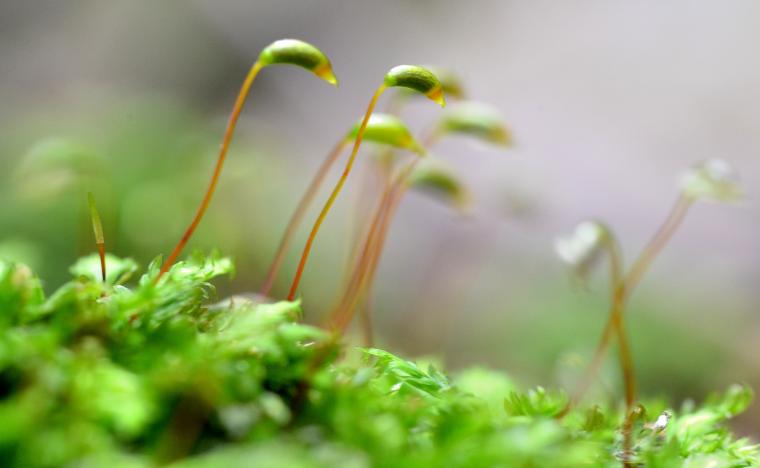Extremophiles – Living on the Edge
Our nature produces the most amazing things: Have you ever taken a closer look at extremophiles?
Most of us have heard of certain bacteria that can survive in the most inhospitable conditions. They exist in salt lakes, in volcanic springs or even at pH values of over 9.
However, there are also higher organisms that can be described as extremophiles. In general, organisms that have adapted to extreme conditions in the course of their development are called extremophiles. The term extremophile is always used from the human point of view. For most extremophiles, their habitat is normal, and our conditions are inhospitable for them.

Ethiopia’s Danakil Depression: One of the most extreme environment for life on Earth with hyperthermal pools, hypersaline ponds, and hyperacidic puddles.
One of the most interesting representatives of this group are tardigrades. These animals, most of which are less than 1 mm in size, can survive not only extreme drought, but also a lack of oxygen, cold snaps and radiation.

But there are certainly other creatures that have adapted optimally to extreme conditions. The Himalayan spider lives at altitudes of up to 6000m. Also some carnivorous plants, such as the sundew, can be counted among the extremophiles. As is so often the case, the transition here is fluid. Can a cactus from the desert already be called an extremophile?
Most extremophiles form special molecules so called extremolytes. With their help, they can defy adverse circumstances. In our portfolio you will find some active substances that are based on extremophilic organisms (p.e. IceAwake™, PhytoCellTec™ nunatak®, MossCellTec™ No. 1). The extremolytes they contain are partly responsible for the proven efficacy. If you want to know more, don’t hesitate to contact us!








